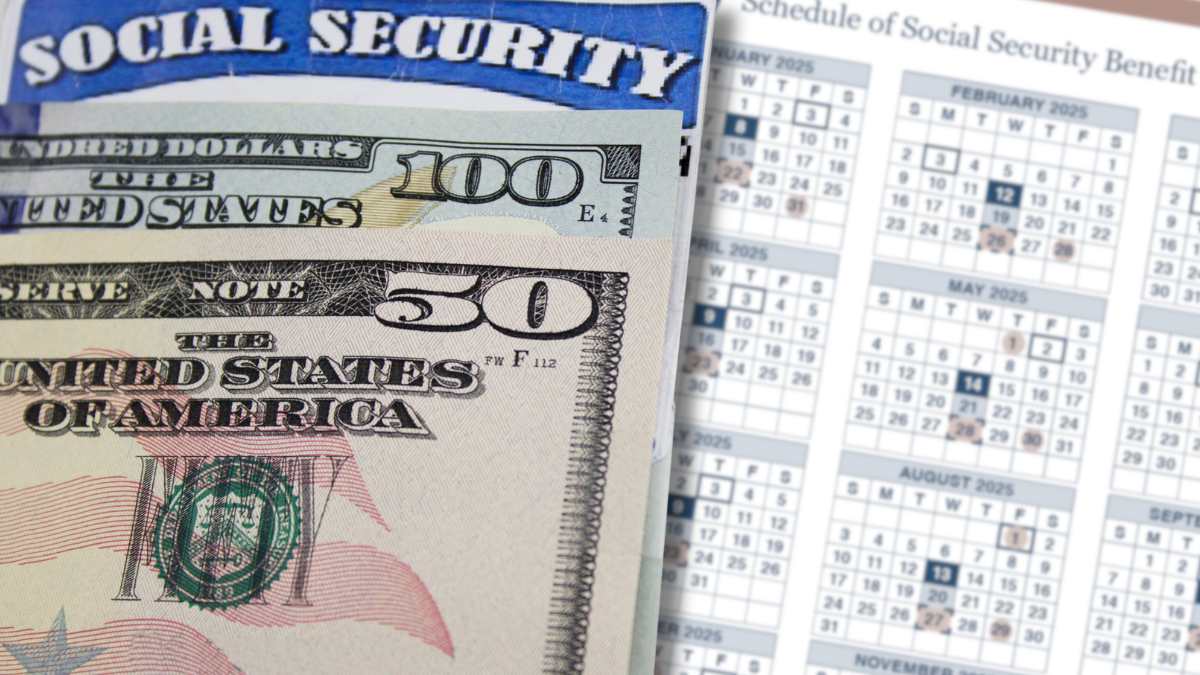The Social Security Administration (SSA) administers financial assistance programs for retirees and vulnerable groups. Its funding comes from taxes collected from working people. The annual payment schedule, including those for Supplemental Security Income (SSI), is published in advance on the official website to facilitate beneficiaries’ planning.
The SSI program is one of those programs that aims to prevent elderly, disabled, or blind people (including children with disabilities, if they qualify) from falling into financial risk or suffering from hunger, or even from being exposed to the risk of not being able to afford their prescription drugs, to name a few of the purposes of this federal initiative.
Twelve SSI payments a year: Why are there no-deposit months?
SSI and Social Security checks follow a strict schedule, just like all other benefits administered by Social Security. In May 2025, two initial payments were issued: the first for SSI on May 1, and the other on May 30. This is because June 1 falls on a Saturday, so the agency advances the payment to the nearest business day.
This pattern is repeated at other times throughout the year. In 2025, September and November payments will also be moved forward to August 29 and October 31, respectively, since September 1 and November 1 fall on a weekend.
These advances do not represent additional payments; they are simply adjusted on their due date so that no beneficiary suffers delays in meeting their living expenses. In the months in which the payment is advanced, a second check is not issued, and so on.
Other Social Security payments in May
If you receive Social Security retirement benefits in addition to SSI, the first payment date for those born between May 1 and 10 was on May 14. The next Social Security payments were scheduled for May 21 and 28, for beneficiaries born between May 11 and 20, and May 21 and 31, respectively. However, May will include a third disbursement: an additional SSI check on May 30, corresponding to the June benefit.
For SSI, the maximum amount for an individual is $967, and for a couple filing jointly, the maximum amount was set at $1,450. For Social Security benefits, the maximum amount depends on retirement age. If you begin receiving benefits at age 62, the maximum monthly amount is $2,831.
By waiting until full retirement age, which in 2025 is 66 years and 10 months for those born in 1959, the maximum benefit increases to $4,018 per month. If you decide to delay your retirement until age 70, you can receive up to $5,108 per month, which represents a significant increase compared to early retirement.
All maximum retirement amounts apply to individuals who have earned sufficiently high incomes subject to Social Security taxes and who have worked and contributed for at least 35 qualifying years. Although these are the maximum benefits, the average monthly Social Security payment in 2025 is approximately $1,976.




